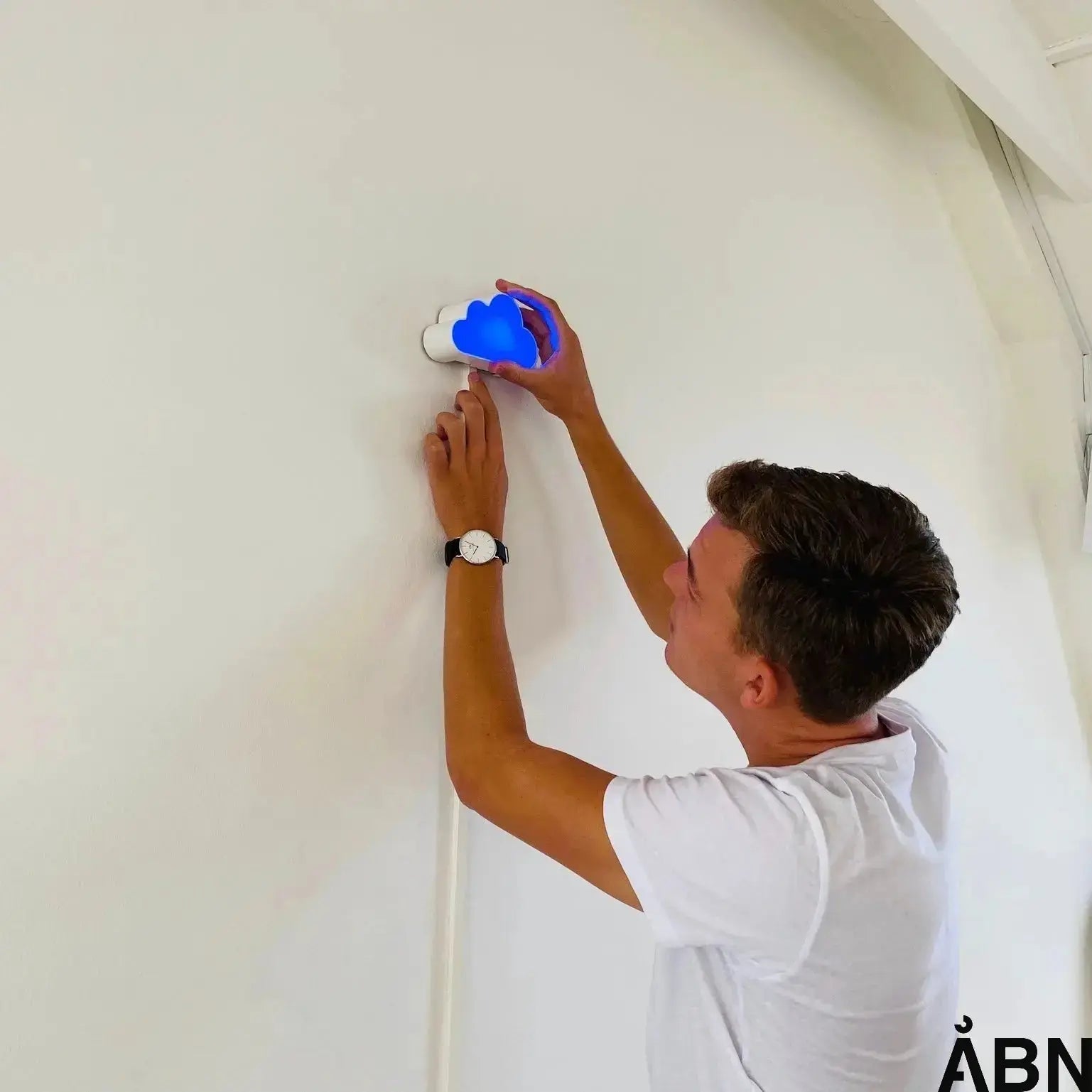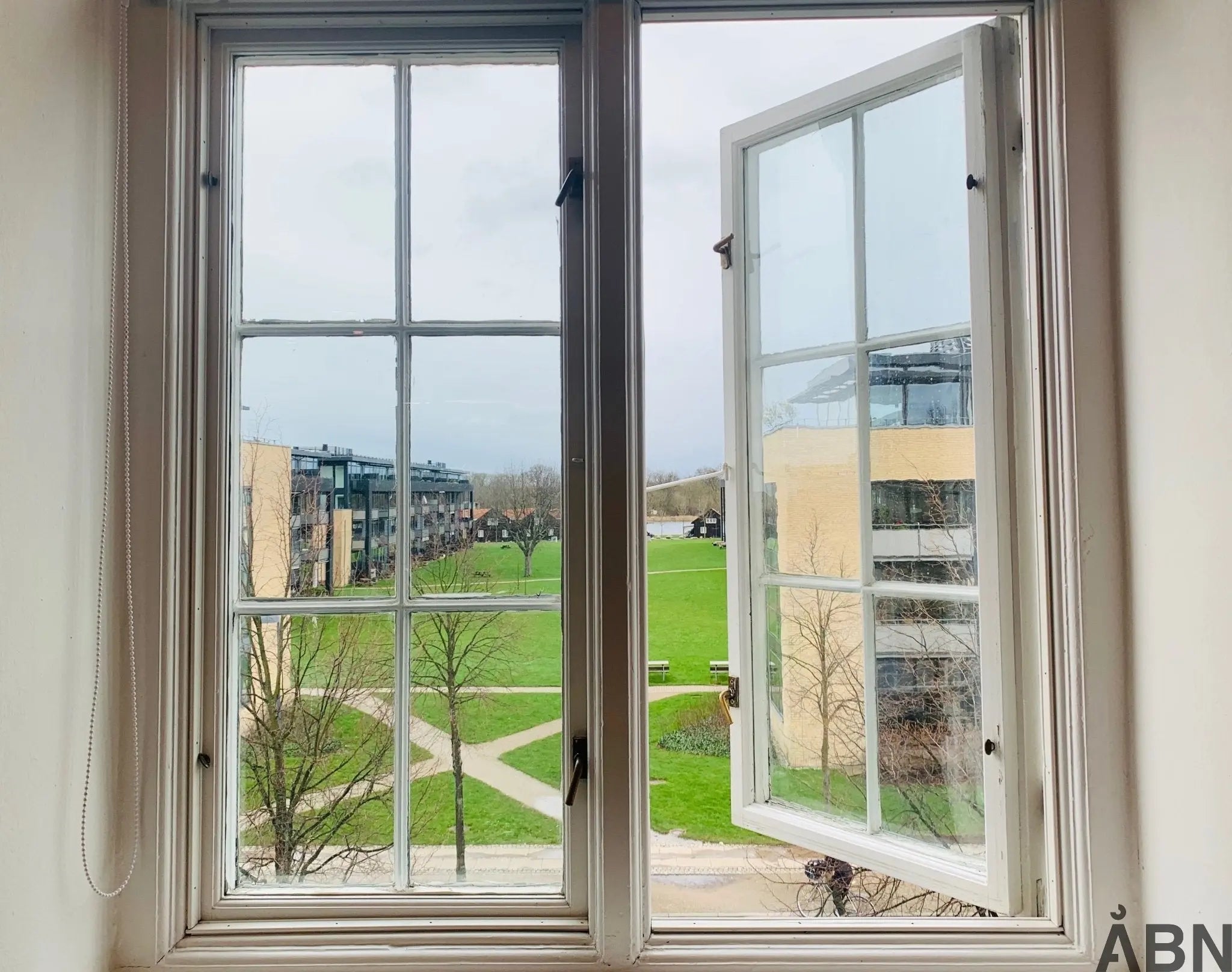When should you air out? When has it been sufficiently aired out? How is it best to air out? Who decides?
It's neither the first time we've mentioned it, nor is it something completely new - but you can achieve great benefits by having a good indoor climate in the office or in elementary school.
The indoor climate includes temperature, drafts, air quality, lighting, noise and acoustics.
In this blog post, we would like to shed light on the topic of venting, as we help more and more people develop a venting policy.
When you sit and work in an office, you rarely notice that the air becomes heavy and your head even heavier. When you do notice it, the damage is often already done. The heavy air is caused by high concentrations of CO2 in the room, which can be reduced with a good air exchange – either through ventilation systems or ventilation.
The easiest and cheapest solution to get better air quality in your room, office or classroom is simple ventilation for 5-10 minutes.
But ventilation is not just about opening a window. Every room is different, and it is important to think about air flow.
Create a draft
First of all, it is important to create a draft in the room – even in winter. That way, it doesn't affect the energy bill, because it's just an air change. On the other hand, if you ventilate through one window, you start to cool down the interior, and then the heating bill goes up if you leave the window open for too long.
Once you have created a draft, it is important to look at the air flow. It should not just leak out through the room – although that is of course better than nothing. But make sure to think about where the air is being replaced.
But think about where you create drafts.
For example, if you have an office open to a review, you should consider whether you are drawing the bad air in. If the bad indoor climate comes from the hallway, the bad air is simply sucked into the room.
That was the case at our own former office in a listed building – read the post and what we did about it here .
“When have I vented enough, and how do I catch up?” you're probably thinking!
We had that thought ourselves, and that's why we developed SKYEN .
SKYEN is a nudging device that tells you when it's time to air out the room and can ensure that everyone has a healthy indoor climate. In the same way as telling you when to air out, it also tells you when to close the window again - so you air out sufficiently. Not too much and not too little.
The SKY is easy to plug in – and it works. After 24 hours, it has calibrated itself to the size of the room and measures most accurately. It lights up blue when the air quality (CO2 level) is good, and red when it is bad, based on values set by the Danish Occupational Safety and Health Administration.
Are you interested in hearing more about venting, venting policies or SKYEN? Then contact us.









